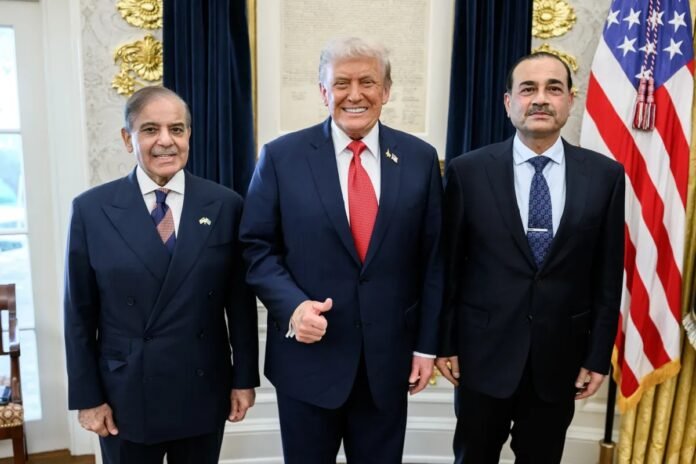Washington has just added Pakistan to the list of US‑made AIM‑120 Advanced Medium‑Range Air‑to‑Air Missiles (AMRAAM) buyers. The new contract, worth more than $2.5 billion, is part of an existing Raytheon deal and marks a fresh turn in a partnership that has been largely dormant since relations cooled with Washington a decade ago.
Pakistan’s air force still flies a large fleet of American‑made F‑16 fighters and has been waiting for modern BVR (beyond‑visual‑range) missiles to give its pilots a force‑multiplier. The AMRAAM can strike targets out to 150 km, offers “fire‑and‑forget” guidance and lets pilots disengage immediately after launch. Technically, it is a formidable upgrade, but it also has big strategic implications for South Asia’s security environment.
The country’s military has long aspired to parity with India despite an economic gap and domestic crises. Every time India shows a new indigenous weapon—like its Astra BVR missile—it forces Pakistan to look to external suppliers for an even footing. The AMRAAM deal is therefore not just a routine upgrade; it could shift the deterrence balance between the two nuclear‑armed neighbours.
In a region where a single missile upgrade can spark a chain reaction, the timing of this sale weighs on more than just the battlefield. Pakistan is grappling with a crippling economic crisis, a shaky political scene and a military that still wields far‑greater power than civilian leaders. The new missile system could embolden the Pakistan Army’s posture of deterrence‑and‑coercion, echoing the same pattern that has seen US‑supplied weapons later used against India.
Critics warn that every wave of US arms to Pakistan has historically strengthened the military’s influence domestically at the expense of democratic oversight. The AMRAAM sale could repeat this cycle, giving a force that has repeatedly destabilised its own society a new capability that may accelerate an arms race in South Asia.
The 2019 Balakot air strikes, where Pakistani F‑16s fired earlier ASRAAM‑equipped missiles, already pushed both sides closer to escalation. Adding newer variants of AMRAAM could tighten decision‑making windows and raise the likelihood of miscalculation.
Beyond India and Pakistan, the deal could set a precedent. If other regional actors see the US rewarding Pakistan with advanced missiles, they may seek similar agreements to keep pace, further militarising one of the world’s most volatile zones.
There are also technology‑security concerns. Pakistan’s past issues with nuclear proliferation and its close ties with China and Turkey make Western analysts wary about handing over advanced defense tech. Even though the AMRAAM is a conventional weapon, it still raises questions about safeguarding sensitive systems.
In short, the US‑Pakistan AMRAAM deal may look like a routine modernization step, but it carries risks that go far beyond technology. It could deepen an already tense military rivalry, tighten the nuclear flashpoint between India and Pakistan, and divert focus from necessary domestic reforms in Pakistan.
For South Asia, true stability lies in dialogue and confidence‑building, not in an escalated stockpile of BVR missiles. The newest US arms sale to Pakistan adds firepower to a volatile region—and that may be the worst price for an illusion of progress.
Source: ianslive
Stay informed on all the latest news, real-time breaking news updates, and follow all the important headlines in world News on Latest NewsX. Follow us on social media Facebook, Twitter(X), Gettr and subscribe our Youtube Channel.



